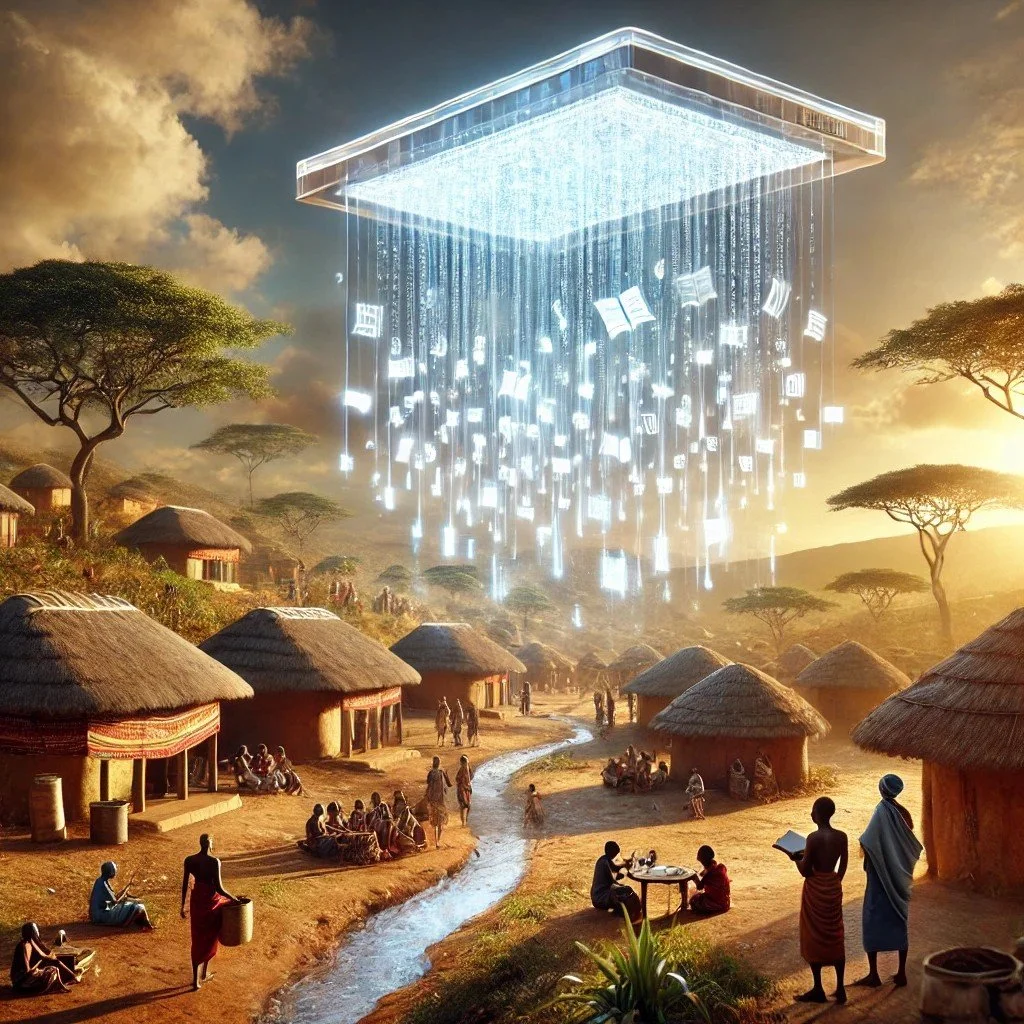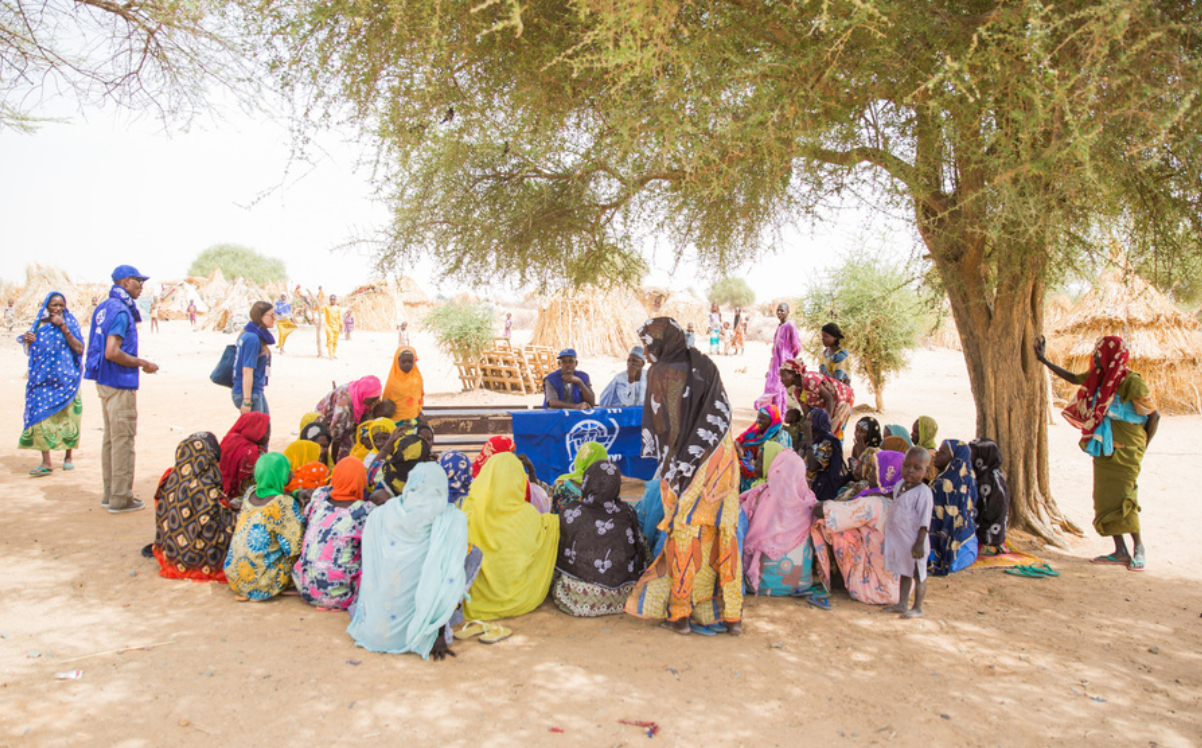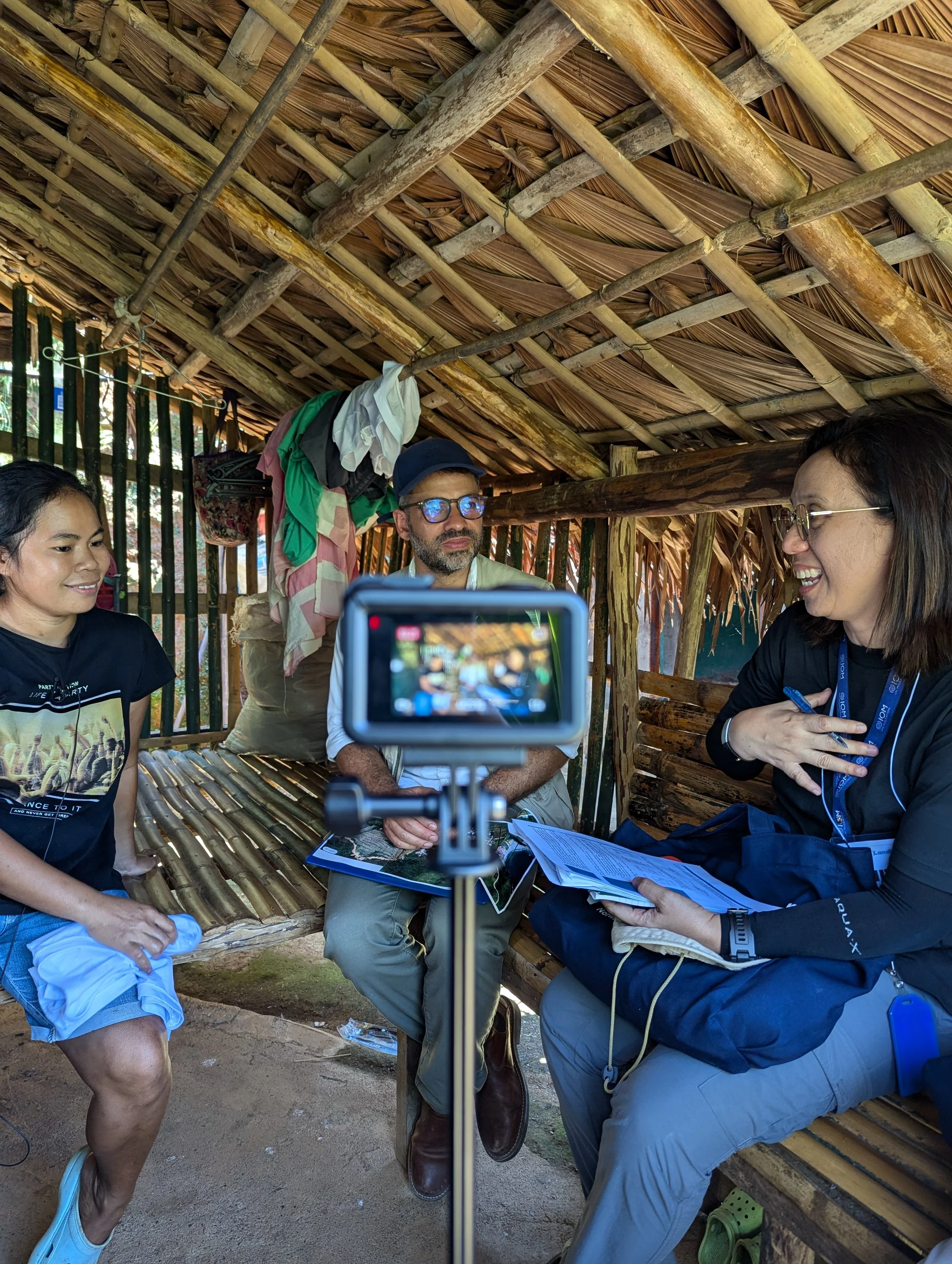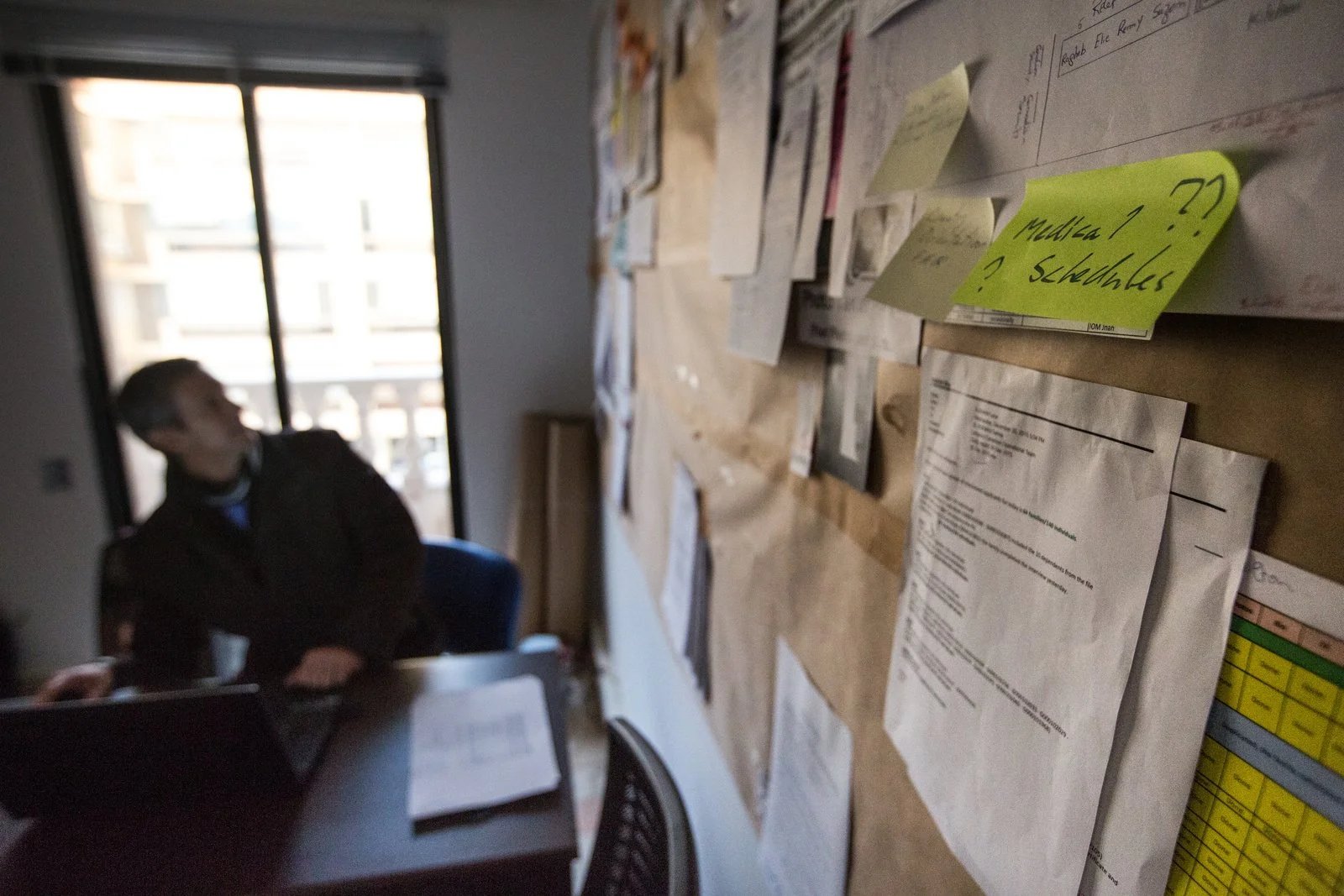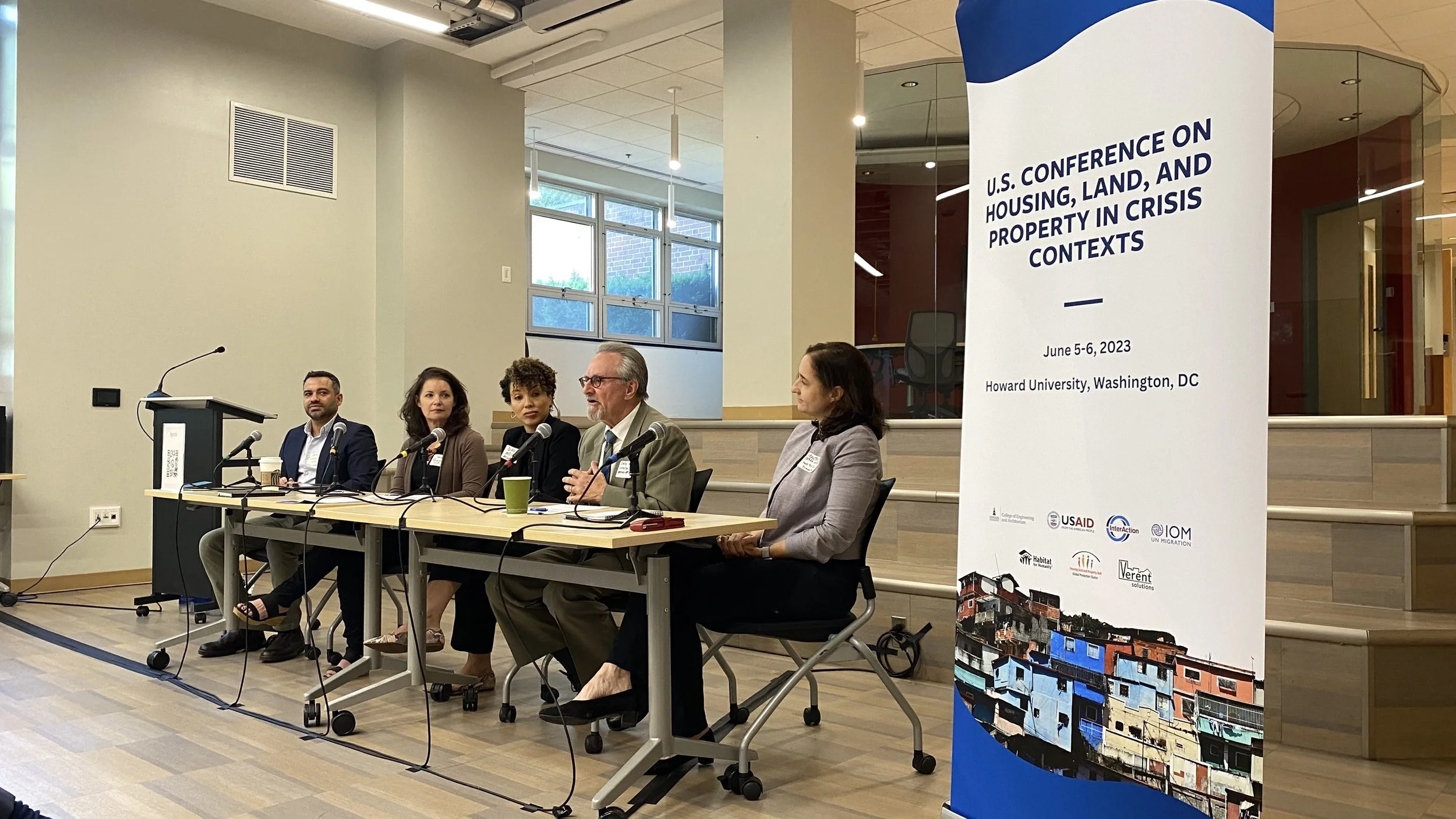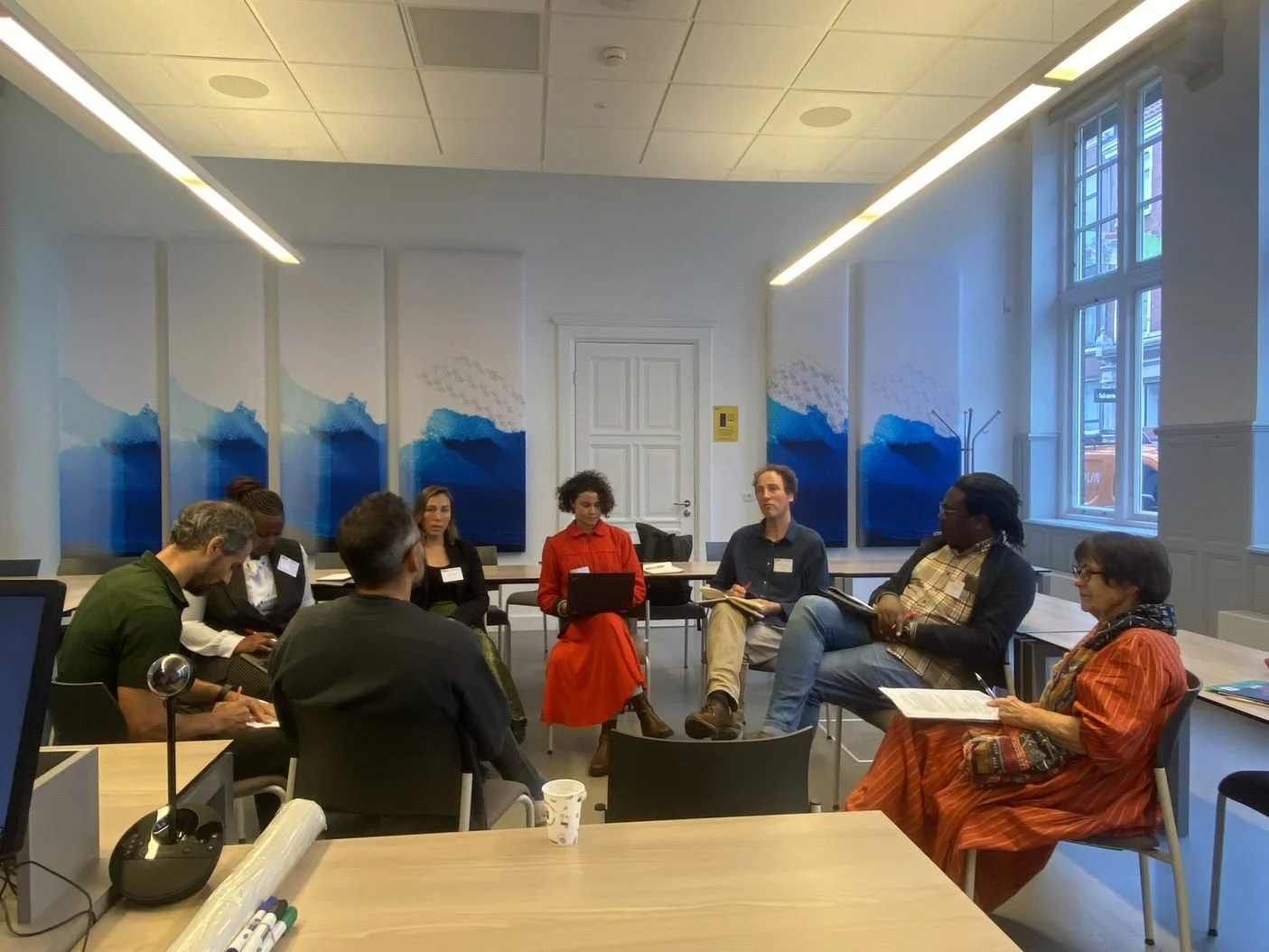
IOM INNOVATION NORWAY
LANDLEDGER: A Story-Driven Platform for Recording Informal Tenure in Crisis
-
The protection of land and property rights is crucial for peace, stability, and economic self-reliance when communities face conflict, disaster, or displacement. We are building an innovative platform to better collect, connect, and validate the information that can help communities thrive on their own terms.
About Us
LandLedger is a tool that uses technology to document informal property arrangements in communities at risk of displacement, helping to improve disaster response. Funded by the Humanitarian Innovation Norway programme, the goal of LandLedger is to develop a low cost and fast moving process to document the stories that underpin people’s connection to their home and land, where there are insufficient or non-accessible mechanisms for recording these rights and informal arrangements, and where displacement is likely to occur.
This is where the link will jump to
The Challenge
Conventional systems cannot respond to modern needs.
The vast majority of people affected by displacement crisis live in informal settlements without any recognized proof of occupancy. These residents usually base their claims to land or housing on informal arrangements, which are not documented in official registries but instead passed on through personal narratives, community knowledge, and unwritten agreements. Conventional tools for assessing property rights are ill-equipped to capture these unstructured stories, leaving humanitarian actors without a clear understanding of local tenure dynamics. This gap can lead to poorly planned interventions that ignore existing claims, disrupt community structures, or even cause secondary displacement. LandLedger addresses this challenge by using technology to document and make sense of these informal, story-based property claims—providing disaster response actors with the insights they need to make informed, equitable decisions.
-
The physical possession of their property, directly or indirectly (through tenants or caretakers), is accepted and socially validated by the surrounding community: their neighbours, traditional authorities, and other respected local residents. In some cases, additional layers of validation are added, such as a confirmation by a local authority or – more rarely – by some form of record-keeping.
When forced displacement happens, due to conflict or natural disaster, the key variables of this formula for securing rights to immovable property ([possession + social validation] x record-keeping) are disrupted. Displaced people, by definition, cannot – at least temporarily - physically possess their land or house. The social and communal circles that once served as validation networks are often fractured due to physical fragmentation or loss of trust.
Our Approach
LandLedger offers a novel, story-based approach to documenting informal property claims in communities at risk of displacement. Recognizing that many people rely on oral histories, personal accounts, and community recognition to establish their right to land or housing, LandLedger begins by capturing narratives through interviews and oral storytelling. These stories are recorded and transcribed using AI-powered tools that can process multiple languages and dialects, converting unstructured speech into structured data. The system then organizes this information into “home profiles”—digital records that link individuals or families to specific homes or land parcels. Each profile can include photos, handwritten notes, informal receipts, maps, geolocation data, and, crucially, the narratives that underpin the legitimacy of occupancy. AI-driven data processing allows these profiles to be searched, queried, and cross-referenced, making it possible for humanitarian actors to understand existing tenure relationships—even in the absence of formal documentation. By creating a lightweight, flexible, and context-sensitive record of who lives where and under what claim, LandLedger equips disaster response actors with the insights they need to plan equitable, effective interventions that respect and build upon local realities.
Pilot testing in the Philippines (June 2025)
Your claim is a story
“My family has lived here since the old days. My great-grandfather built this house. It was only one bedroom at first, then my father added two more rooms and this external kitchen. It’s big, but we are many living here. It’s our home.” Amara, 43, from Bule Ora, Ethiopia.
Cases such as Amara’s are common. People perceived their rights to the home or land where they live on the basis of a narrative, a story, more than any document or official registry. LandLedger aims to capture these story-based claims, record them, and connect these stories with other elements (location, photos of the home, etc) to form a rich and organic map of the community, it’s inhabitants and their dwellings.
-
Displacement often happens in places where property rights are insecure, with poor land administration, inaccessible recordation systems and weak rule of law. Most conventional property registration processes are bound by complex, time-honored procedures that have evolved over centuries. These systems, while thorough and legally meticulous, often face challenges in adapting quickly to urgent situations, such as displacement crises.
And yet, the need to ascertain – with a minimum level of reliability – who has which rights to which property, remains central to building sustainable solutions to displacement and to creating a path for self-reliance, dignity and prosperity.
With the ever-growing multiplication of displacement crisis and dwindling of funding, governments and humanitarian actors need to do more with less and move away from inefficient business-as-usual approaches that tend to serve only a fraction of the affected population.
Evidence suggests a need to shift towards the prioritization of improving tenure security for affected populations and thinking long-term earlier in the response. Investing in interventions that strengthen security of tenure, such as the proposed LandLedger, has the potential to transform the way we approach the response to displacement.
“The story of our land is everywhere. Each of us know a part of it, and together we know the whole story. I would love to see our stories together, so my children and their children could see how and why we are here.”
BEYOND FIT-FOR-PURPOSE: WHAT’S NEW?
-
Efforts to develop fit-for-purpose and pro-poor land rights recordation systems have been underway for years. Led by a coalition of expert organisations, including UN Habitat, the International Federation of Surveyors (FIG), and the University of Twente, these efforts have laid a strong foundation. They have created knowledge, tools, and methodologies for recording property rights that prioritise inclusivity, affordability, and adaptability[1].
The LandLedger project zeroes in on the unique challenges posed by displacement situations. Our initiative is tailored specifically to address the vulnerabilities of displaced populations, emphasizing the importance of tenure recordation as a pivotal tool in advancing solutions to displacement, including as a preparatory measure.
USERS & NEEDS
Right-holders: To have access to a system that records pre-displacement rights to immovable property, enhancing the security and protection of these rights in the event of forced displacement.
Humanitarian actors: To be able to know the pre-displacement tenure status of the target-population and identify - with an acceptable level of certainty - who the legitimate rights holders are or were prior to displacement.
The Platform
The need for a platform like LandLedger is not new, nor are many attempts to establish cadastral systems for informal documentation. What has changed is the speed at which both technology and crises have evolved, which has left communities, humanitarians, and engineers in a place with more potential and more need than ever before.
Recent developments in AI and LLM-based technologies offer unprecedented opportunities to collect, validate, and organize unstructured data in ways that humanitarian teams are not equipped to do. The main difference that LandLedger seeks to champion is embracing technologies that can better connect and corroborate the plethora of data than can be used to more efficiently and effectively support displacement-risk communities.
The Process
First pilot phase in Catanduanes, Philippines, April 2025
Led by the International Organisation for Migration, in collaboration with partners, LandLedger is being shaped and conceived through a series of conversations with academia, land sector organisations and technology companies.
Desk research and workshops have been conducted over the last 12 months to inform the needs and development approach for clarifying the scope of what LandLedger should be able to accomplish.
In-Country Assessments conducted in Colombia and the Philippines in September/October 2024 offered a clearer view of needs at the government agency, humanitarian organisation, and community levels, and established a set of clear use-case scenarios for the platform.
Call for Innovation Partners (CfIP) is released November 2024, after which interested parties had opportunities to research, workshop ideas, and find potential collaborators.
Technology Market Dialogue held in November 2024, during which potential partners shared existing technologies and ideate around potential expanded applications.
The Pilot Phase from April to June 2025, working closely with our design and development partners, the minimum viable product (MVP) was tested in Catanduanes, Philippines.
INQUIRIES
Present in 171 countries, the International Organisation for Migration (IOM) - UN Migration is actively responding to major displacement crises worldwide. Should you have any inquiries, ideas, or are interested in partnering with us in this innovation project, please reach out to Ibere Lopes ilopes@iom.int and Melina Holder melsmith@iom.int.
For more information about Innovation Norway: https://hip.innovationnorway.com
Dialogue Series


